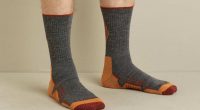The Importance of Choosing the Best Ski Gloves for Safe and Pleasurable Skiing
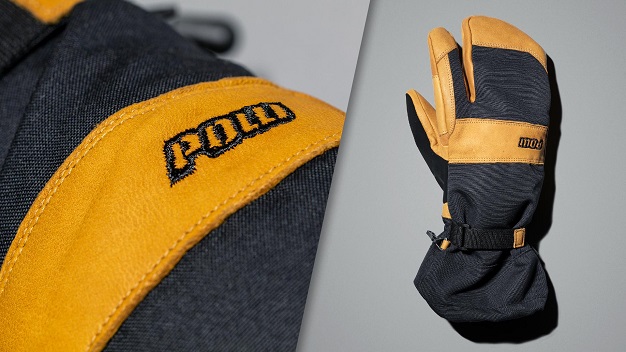
Wearing the proper gloves is essential to comfortably enjoy your ski adventure and if this is your first time buying such equipment, chances are you are not aware of the different factors you need to consider when buying. Gloves that are specifically designed for skiing and snowboarding will provide the dryness, warmth and features that are necessary for spending a day in the mountains. Below you will find helpful information on the different materials that make up each part of gloves, as well as the features you’ll want to consider before making your purchase.
First Things First: Gloves or Mittens?
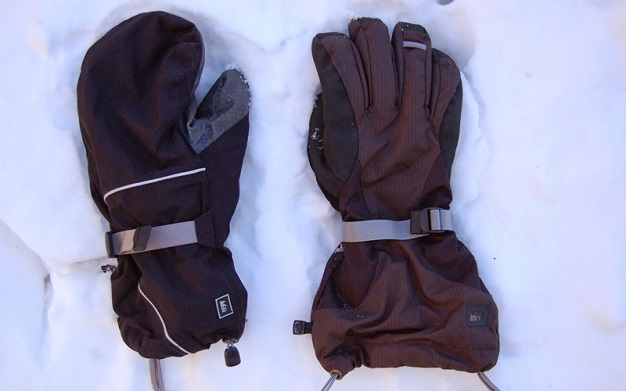
You can find various models of gloves and mittens on the market suitable for various conditions and occasions. Generally speaking, mittens are warmer than gloves because all of your fingers share one compartment and thus share the joint heat that your body emits. However, mittens limit mobility in certain circumstances and may need to be removed to access your pockets, answer your phone, or adjust your goggle strap. Gloves, on the other hand, allow for more dexterity, which means you won’t have to take them off and put them on as often, and you will spend less time fumbling with zippers, bindings and buckles, etc.
What Are the Best Ski Gloves?
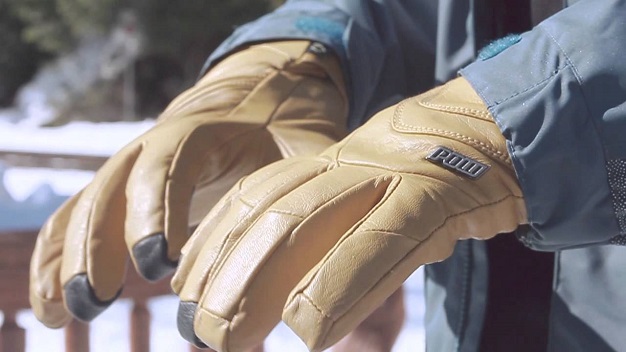
When it comes to the best ski gloves, POW is a brand to keep in mind. Born out of the basic need for quality gloves that protect from bitter and soggy conditions, POW Gloves is one of the leading glove-specif brands in the world with distribution in 43 countries. The brand focuses on quality leather and fabrics to provide the ultimate cover. They offer a wide range of POW womens gloves and POW mens gloves, all designed to keep your hands warm and cozy regardless of the weather conditions.
From designing to developing POW womens gloves and POW mens gloves, the creation process is meticulous. The brand takes at least a year to deliver a product that stands up to the superior standard of POW and sets the bar for other products. So, if you truly want a high-quality glove for your winter sports, a POW glove may be just what you need.
How to Choose Ski Glove?
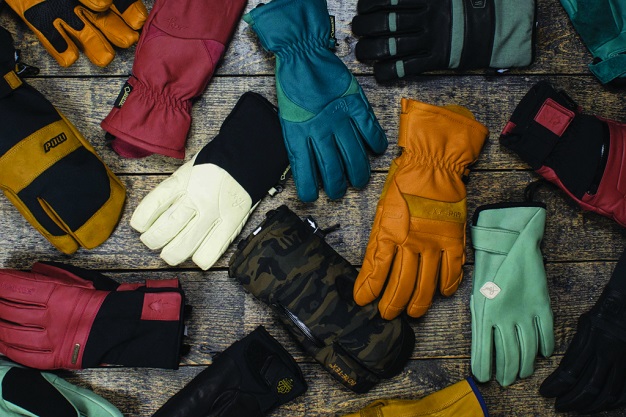
Much like a jacket, gloves are made of several components that help keep your hands dry, warm and protected. These include the shell material, insulation, membrane and lining.
- Shell Material
Most ski gloves are made of synthetic fabrics, usually nylon. High-quality models use a waterproof breathable fabric, which can be either a hard or a softshell version. These materials are often combined with leather or synthetic protective materials in the areas of high abrasion like the palms and fingers. High-end glove models also utilize a coating, a membrane or expanded Polytetrafluoroethylene (ePTFE), also known as Teflon or Polyurethane (PU). GORE-TEX models include a separate ePTFE insert between the outer fabric and the insulation layer.
Leather is another common material for gloves. It is usually cowhide or goatskin and can be more durable and pliable than nylon. It is also naturally water-resistant. With a combination of treated leather and a microporous membrane, leather gloves can be waterproof, windproof and warm. If maintained properly with leather waterproofing treatments, these gloves can last for years.
- Insulation
A glove that is properly insulated provides superior warmth and breathability, without restricting movement or compromising fit. The conditions and temperature, as well as how warm or cold your hands get, will determine how much insulation you need. Just because a glove is thicker, that doesn’t mean it is warmer.
Down is the best insulator on the market and it makes an excellent choice for very cold conditions when performing moderate activities. Higher rated down garments will have a greater insulating ability for their weight. Primaloft uses a patented synthetic microfiber insulation material to help the body retain its warmth and conserve energy. This is a very good insulation choice when wet conditions are expected. Although this material is not as warm as down by weight, it is breathable, water-resistant, compressible and provides great insulation even when wet. Thinsulate is another type of insulation that’s used in ski gloves. Made of unique ultra-thin microfibres, it provides excellent insulation with less bulk. It is ideal for use in gloves.
- Membrane
Wet hands are cold hands and that is a big ‘no’ when skiing. The main cause of wet gloves is actually our own perspiration and lack of breathability from the inside of the glove. In a waterproof breathable glove, the membrane is placed between the outer shell and the insulation and has microscopic pores that are too small to allow water to enter but big enough to allow water vapour (sweat) to escape. So the membrane is what mainly dictates how waterproof and breathable a glove is.
Gloves with Gore-Tex membrane typically have the highest waterproof and breathability rating on the market. The Windstopper membrane guarantees a windproof and highly breathable performance, but it is not waterproof. An R-Tex membrane is a highly stretchable insert that adapts to the special needs of the hands. Aside from guaranteeing breathability, it also offers complete weather resistance against cold, wind and humidity.
- Lining
The lining is an extra layer of material built into the glove to create a comfortable feel and increase warmth and comfort. Fleece and wool are the two most common types of lining used in ski gloves. But synthetic materials with moisture-wicking qualities are also often used to help pull sweat away from the skin and pass it through the membrane.
Are Ski Gloves Waterproof?
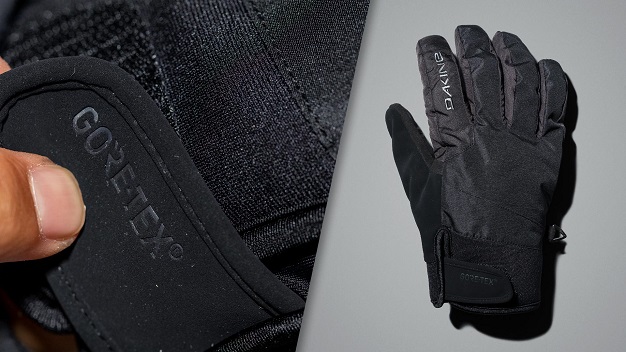
Not all ski gloves are necessarily waterproof. In fact, the only gloves that are truly waterproof are the ones made of 100% non-breathable 100% water-proof rubber. One thing is for sure – the more waterproof the gloves are (while still holding onto the maximum amount of breathability), the more expensive they will be. As mentioned above, the type of the membrane within the glove will help you determine how waterproof and breathable a particular model is.
How to Wash Ski Gloves?
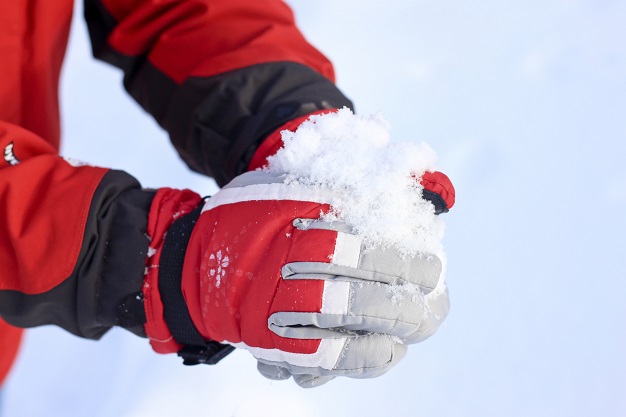
Check out this video if you want to learn how to best wash your ski gloves.

